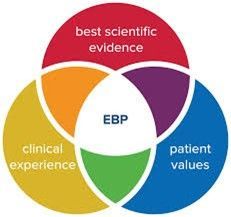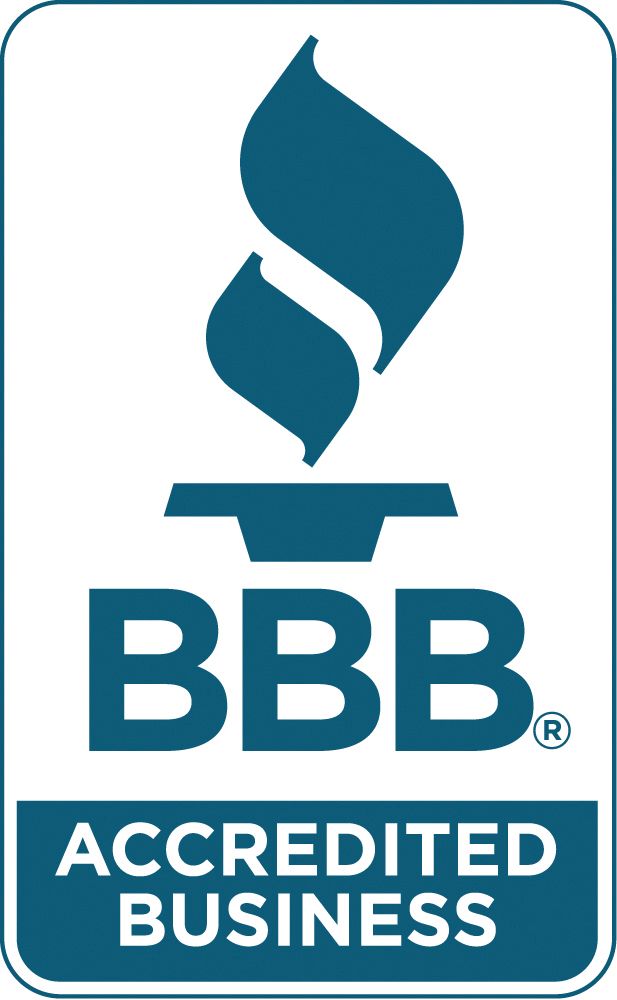3 Strength-Based Approaches to High-risk Behavior
To help youths with high-risk behavior, it takes strengths-based approaches. Foster family agencies and residential facilities now progress towards treatment and care for foster youth. But some of these youth fall into the high-risk categories. Such as the following:
· Commercially sexually exploited youth
· Substance abuse
· Fire setting or arson
· Gang involvement
· Sexual offenders
· Runaways
These are the high-risk behaviors that create the most trouble for placement. Most organizations in the past would look at an intake packet with these youths and say, “No way.” But in the new environment of the Family First Prevention Services Act , this is not possible. Because these youths need somewhere to go, and someone to help them.
They didn’t start with these issues. Through genetics, trauma, difficult home lives, something happened along the way. They are involved in these activities, but they can receive help.
To help these youths, it is best to understand what they have in common and know how to help. This is why three approaches utilize the youth’s strengths to try and help them improve.
1. Motivational Interviewing – these youths are very resistant to change. They got to the place where they’re at because of rejection, abuse, trauma, or neglect. They chose their behaviors, such as running away or gangs, and they rationalize why it works for them. To try and tell them differently doesn’t work. They don’t want to hear it. So meeting them where they’re at the help. Motivational Interviewing as a skill can help the practitioner be empathetic, listen and reflect, go with the youth’s resistance and be a sounding board. So the youth then is the change agent, not the practitioner.
2. Functional Behavior Analysis – each youth seeks out high-risk behavior for a reason. It gets their needs met. The runaway wants more freedom. The sexual offender wants control of their environment because they were maybe abused themselves. The gang member wants to feel part of a group, because their parents may have been absent or detached. Youths don’t seek high-risk behavior without a reason. And by finding the function of that behavior, the practitioner can teach them different skills, techniques, and strategies to help them change.
3. Harm Reduction – this approach started with Alan Marlatt in the 1990s when he looked at substance abuse treatment. Up until then, this type of treatment under the 12 step approach was either sobriety or using. All or nothing. Black or white. Dr. Marlatt felt that to help substance users, there had to be a more gray area, knowing that addictions will have relapses. That the behavior will always have a chance of occurring again. And so he developed this approach, which made a great impact on the field. Now it is being used in California for commercially sexually exploited youth. Because they can’t be expected to just leave their trafficking contact permanently. This also applies to runaways, gang offenders, and other high-risk behavior. Developing strategies to keep youths safe, and to give them options, helps them decrease the harm first. And as with Motivational Interviewing, the youth directs their care.
For more information about our training, please contact us.




